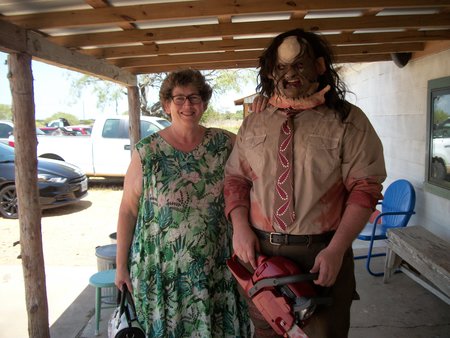Meet Tam Francis. She has written and published THE GIRL IN THE JITTERBUG DRESS, THE GIRL IN THE JITTERBUG DRESS HOPS THE ATLANTIC, GHOSTORIA, and THE FLAPPER AFFAIR.
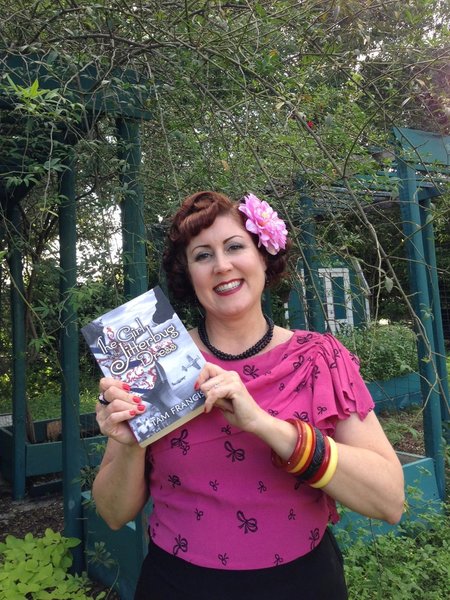 I asked her : what was the inspiration for THE GIRL IN THE JITTERBUG DRESS?
I asked her : what was the inspiration for THE GIRL IN THE JITTERBUG DRESS?
My main inspiration was a longing for my husband. He was active duty Navy and frequently deployed–gone for three, six, and even ten month boat debts, usually to the Middle East). We were struggling financially, and I was at home with two young children. I wanted to write about my love for swing dancing, vintage sewing, and retro living, (cocktails, crafts, thrift-shopping). I wanted to pretend he was still there, and we were out jitterbugging and competing in dance contests. And writing was cheap entertainment for my restless heart.
At the time, I was doing a lot of sewing from vintage patterns, creating matching outfits for my son, daughter, and me. I wanted to write about that process and how fashion can define you to the world, so I knew the book had to have a jitterbug dress. Then I started thinking about where that dress came from. Why the dress was made and who wore the dress. A story began to form.
I have always loved past decades, but none more so than the 1940s war years. The bravery of not only the soldiers, but the families and communities is inspiring, not to mention the big band music–a gorgeous soundtrack for the era. But as much as I love the 40s, women were just beginning to find their independence. I would not have wanted to be a woman growing up in that era. I like the rights and freedoms I have today. So, the thought came to me to write a parallel story of two women coming-of-age in two different eras: the 1940s and the 1990s. I liked the nifty, fifty year gap, too. And of course, somehow, they’d both have to wear the jitterbug dress at some point in time.
The 1990’s also happened to be the time of the swing resurgence and the era in which I learned to jitterbug. For me, both those snapshot in time are/were magical. I had fallen in love with a handsome guy that loved old movies, big band music, and vintage shopping as much as I did. We took dance lessons, and the life consumed us. As I sat alone at night with my two babes sleeping and my husband across the world, I wanted to recapture those feelings. I could do that with writing.
How about you introducing us to your main characters.
The story follows two young women as they transition from high school students to new adults. June, the 1990s character, is a smart, quirky girl who doesn’t quite fit in with her peers. That is until she finds swing dancing and the oddball gang of characters she eventually calls friends. She keeps her emotions private and doesn’t easily share the tragedy from her childhood. Though she tries to hide it and doesn’t let it stop her from accomplishing her goals, she also suffers from un-diagnosed panic disorder.
Violet, in the 1940s, is a spunky, stoic, and somewhat cynical character who has had to drop out of high school to work and take care of her dad. Her mother left them after a shameful scandal. Violet has therefore become jaded about love, so when she suddenly falls for a jitterbugging sailor, she’s a bit lost.
How did they come about?
Both June and Violet are amalgamations of people I know, with little parts of me thrown into each of them. My dad was in the army, so we moved around a lot. I often felt like the outsider, being the new kid in town every year or sometimes every few months. Both June and Violet share those outsider feelings in different ways and for different reasons.
I’ve also known amazing open-minded people who inspired me to be a better person and caused me to question my perceptions. I imbue both June and Violet with self-analyzing inner dialogue as they make the transition into adulthood.
Because June has led a somewhat sheltered life, she starts off a little more emotionally immature than Violet. I wanted to highlight the differences and similarities of coming-of-age in the 1940s and the 1990s. I gave Violet more social and mental maturity, but more naivety about love and relationships than June.
Give us an idea how you wrote this book.
I had had early success in my writing career with poetry, poetry slams, and journalistic writing. I was editor-in-chief for two indie mags (From the Ashes: Arts Magazine, and Swivel: Vintage Living Magazine), so when I had the idea for the novel, I thought I could just sit down and write it. After all, I was a prolific reader. And with nothing but housewife boredom and time on my hands, how hard could it be?
Yeah, harder than I thought. To write a good novel that is.
For the first Girl in the Jitterbug Dress novel (it’s now a trilogy), I loosely plotted. I had a timeline with key events that needed to happen to each character as they moved through the narrative, eventually meeting in June’s timeline (Violet as a mature woman). I was inspired by Jane Austen (yes, I went there), Margaret Atwood, (feminist themes), and at the time was reading Stephanie Meyer’s Twilight Series (teen angst and first love). Those authors, and of course the bits of my favorite movies, got mashed up and put in the mix as I wrote, not to mention my love of literary language and poetry.
The first draft was a long hot mess with good characters and a cool parallel plot. Because I didn’t know any better, I overwrote everything with abundant details and too many backstory jaunts. Embarrassingly, I queried agents with the 250k manuscript, (oh yeah, two-hundred and fifty thousand words!). Of course I received rejections, but I also received asks for partials and complete manuscripts which told me the idea and characters were solid. When the manuscripts were ultimately rejected, I deciphered the agent-speak and figured out my tome was too long: “Are you planning on making this into two novels?”
I went back to editing. I cut out tons of backstory and description. Refined the dance scenes, making them more visceral. I gave my characters more nails in the road and save the cat moments. I cut the ms down to 150k. I experimented with POV and tense. Originally the ms had two first-person present tense narratives. I took the first three chapters and rewrote them in third- person present tense and third-person past tense. I sent them out to beta readers, along with the original first-person present tense. The response was overwhelming: go with third-person past tense. I rewrote the entire novel and cut it down to 125k.
I started learning how to write good novels, devouring writing-craft books. Went to writing workshops and watched writing webinars. Queried again, received requests, received rejections. Edited again based on agent comments. I found a content and developmental editor. Executed her suggested edits, combined characters, reduced 40s slang, tightened up, got rid of a few superfluous steamy scenes, and cut the novel down to 110K. Queried again. This time receiving several offers for representation for digital first publishing. Researched the indie path and decided it was for me.
Now I’m on book five and still going strong.
And she is. Tam is part of my critique group, and one of the founding members. For the last five years we’ve met every Thursday, unless life intervenes.Tam is a master at getting rid of all the “he said” “she said” dialog tags.
Thank you, Tam, for answering my questions. Good luck with your upcoming books.
You can buy Tam’s books here Paperback and Kindle
Her blog post is here http://www.girlinthejitterbugdress.com
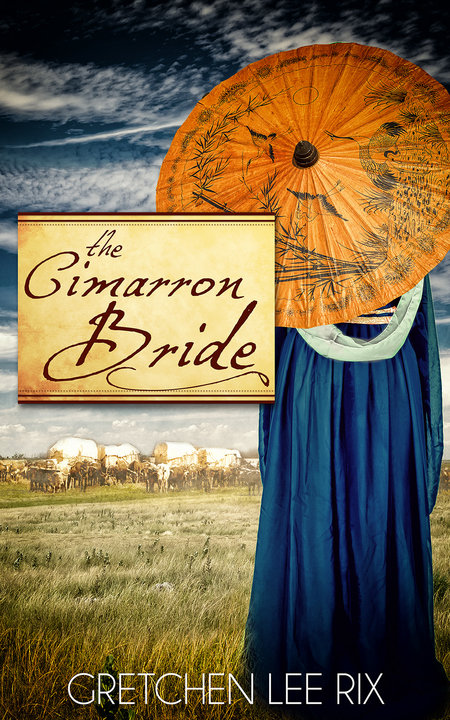

 I asked her : what was the inspiration for THE GIRL IN THE JITTERBUG DRESS?
I asked her : what was the inspiration for THE GIRL IN THE JITTERBUG DRESS?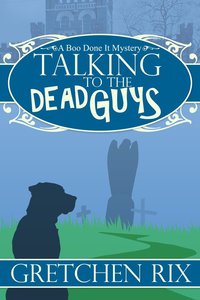


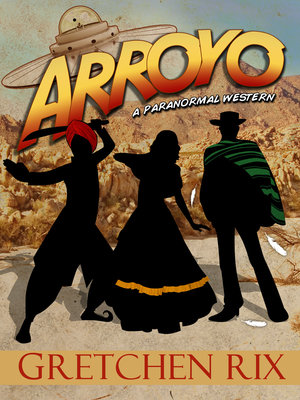


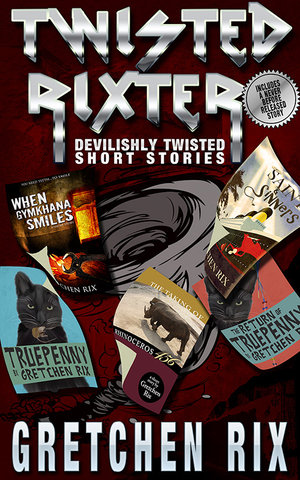
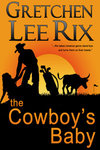
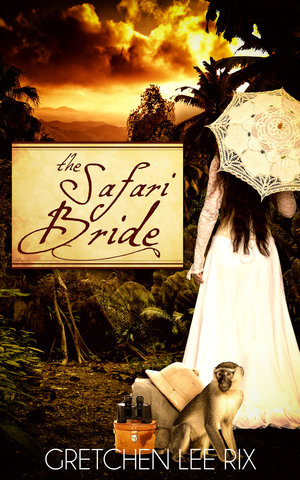
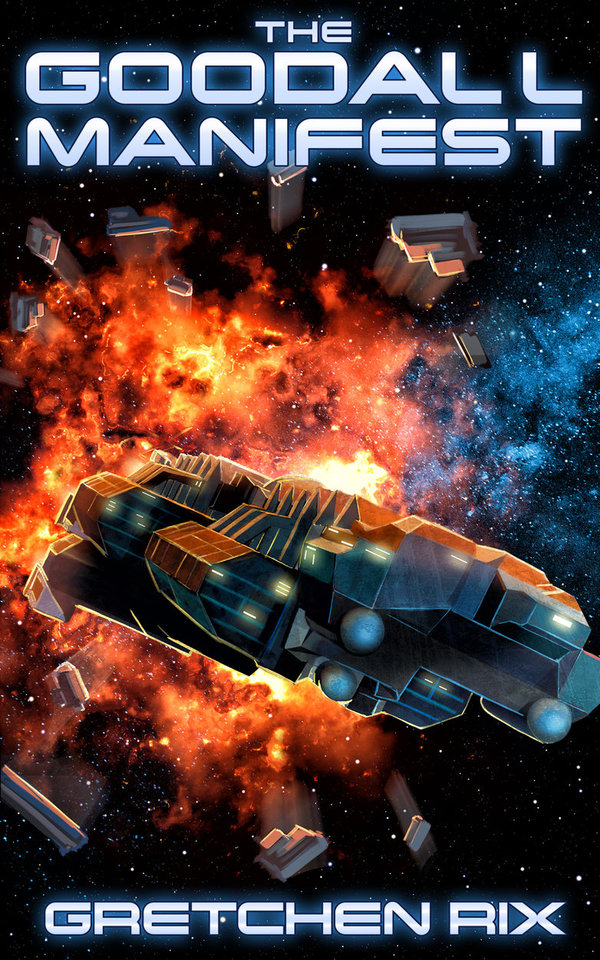
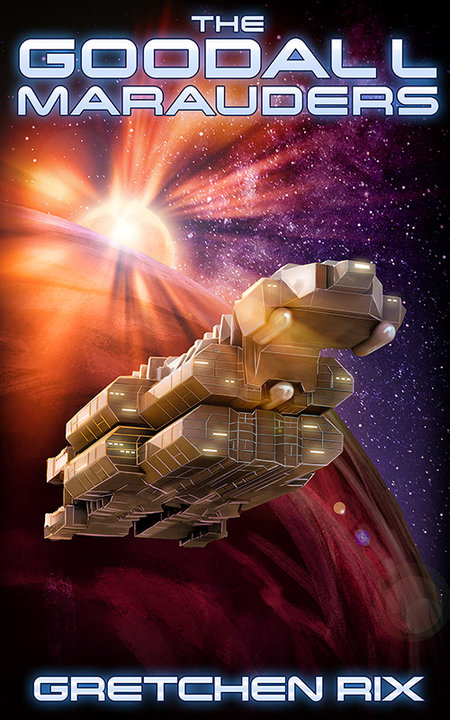
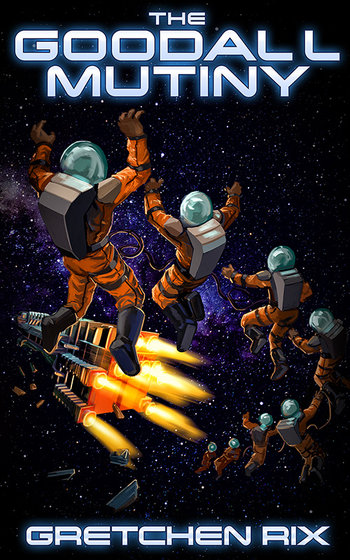
 I’m a writer who belongs to a critique group of six other writers. We meet every week to comment on each other’s works in progress.
I’m a writer who belongs to a critique group of six other writers. We meet every week to comment on each other’s works in progress.